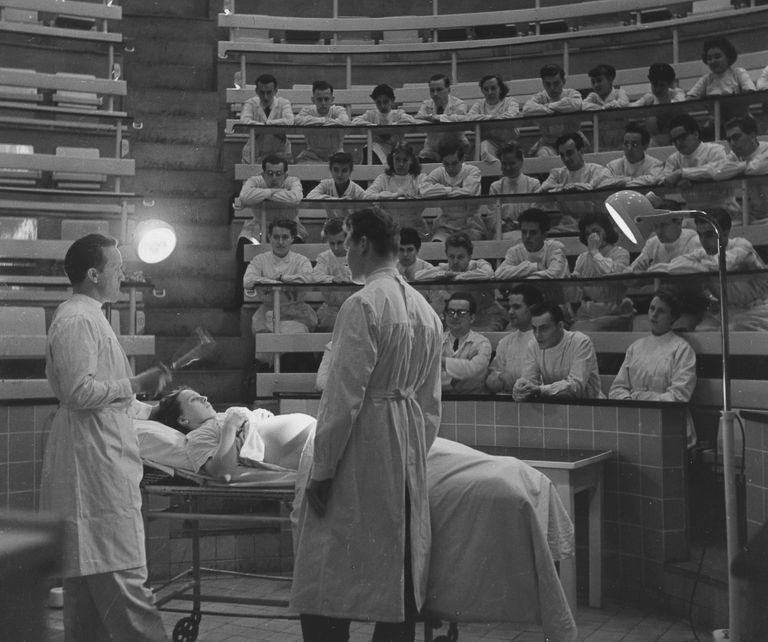This Is What Pregnant Women Did 50 Years Ago
Imagine going to see your OBGYN during your third trimester and having them tell you to avoid reading until your baby arrives. Or maybe they’d tell you to stop taking baths or getting haircuts. You’d probably — quite rightly — immediately start looking for a new doctor. But it wasn’t long ago that doctors recommended that pregnant people do just this and more. Today, it just seems bizarre.
Avoid breastfeeding
Many parents in the 21st century believe that “breast is best.” It helps build up a baby’s immune system and supports their development. That idea, however, is a relatively new one. In the 1950s, breastfeeding was discouraged by many doctors. Despite being the natural way to provide nourishment to a baby and being practiced for millennia, someone suddenly decided it was a bit, well, icky.
Instead, healthcare professionals advised new moms to feed their infants formula to avoid spreading germs. Nowadays, new mothers are encouraged to do whatever is best for them and their child — no judgement necessary.
Hands off the baby bump
Today, it’s understood that babies can feel and hear things in the womb as early as 18 weeks into their development. Rubbing a pregnant belly, then, is believed to help form a bond with a baby. And can even be soothing when it’s unsettled.
Decades ago, though, the act of rubbing a pregnant belly was thought to have a very different effect. Some thought it would cause some kind of damage or “spoil” it. There was even an extreme superstition that it would summon evil spirits.
Crying is good for a baby
The important thing to know is that a parent isn’t giving in to unreasonable demands by comforting their crying infant. However, in bygone times, some believed young lungs needed regular exercise to fully develop. Author Mrs Sydney Frankenburg made this quite clear in her 1946 book, Common Sense In The Nursery.
She wrote, “If nature is regularly thwarted by some well-meaning person who picks up the baby and distracts his attention after the first squeak, there is a risk of lungs remaining almost unexpanded.”
Dads weren’t allowed in the room during labor
Someone giving birth in the 21st century will likely have their partner by their side (and maybe even a photographer and a videographer, too!). In years past, though, the person giving birth was probably on their own. Sure, there were a handful of nurses and a midwife to assist in the delivery, but the traditional father was to keep his distance until a few hours after the baby arrived.
Medical historian Judy Leavitt told NPR in 2017 that some fathers called the waiting rooms "stork clubs" and weren't happy with being unable to help their laboring wives. It can't have been easy, listening to your loved one in pain from the other side of a door.

